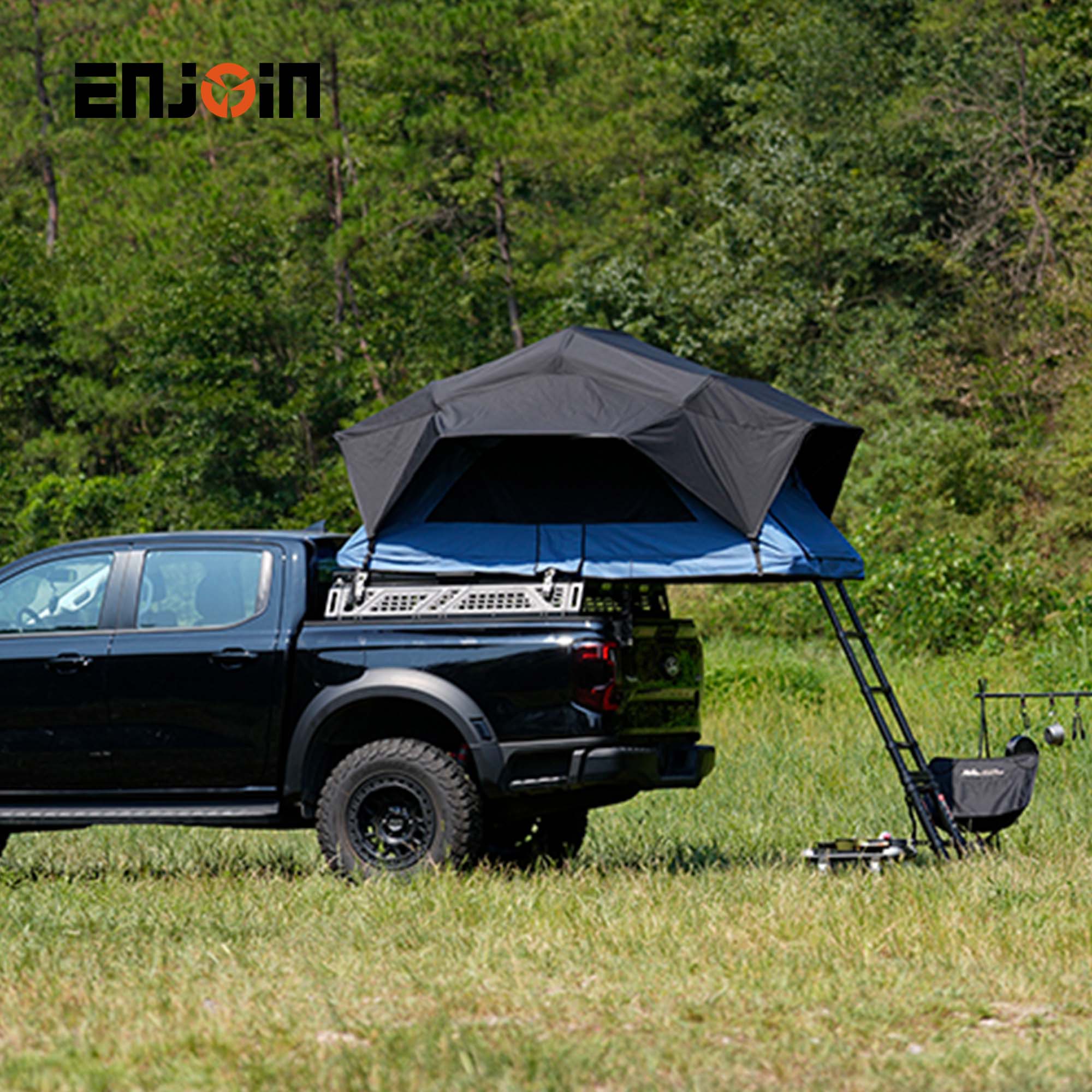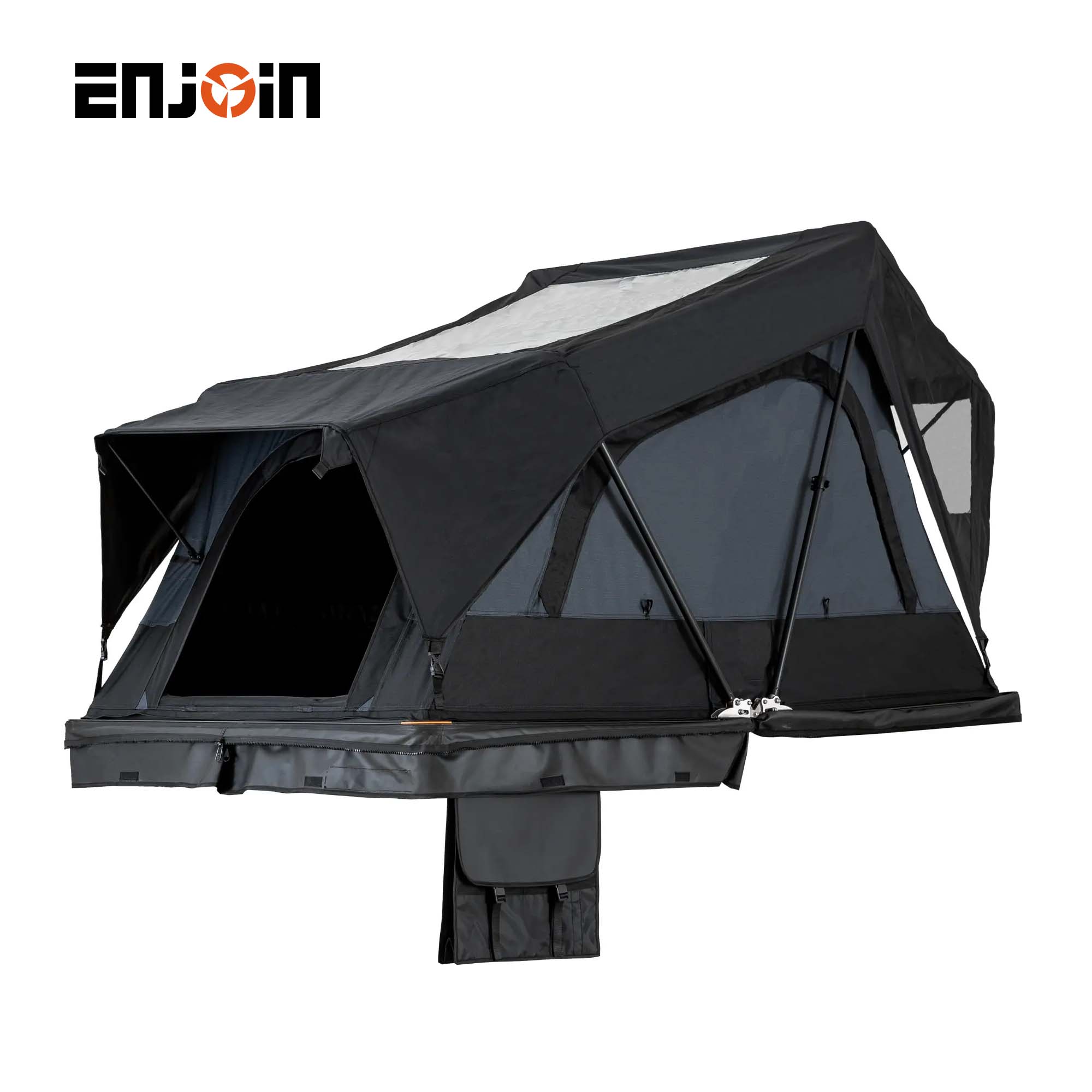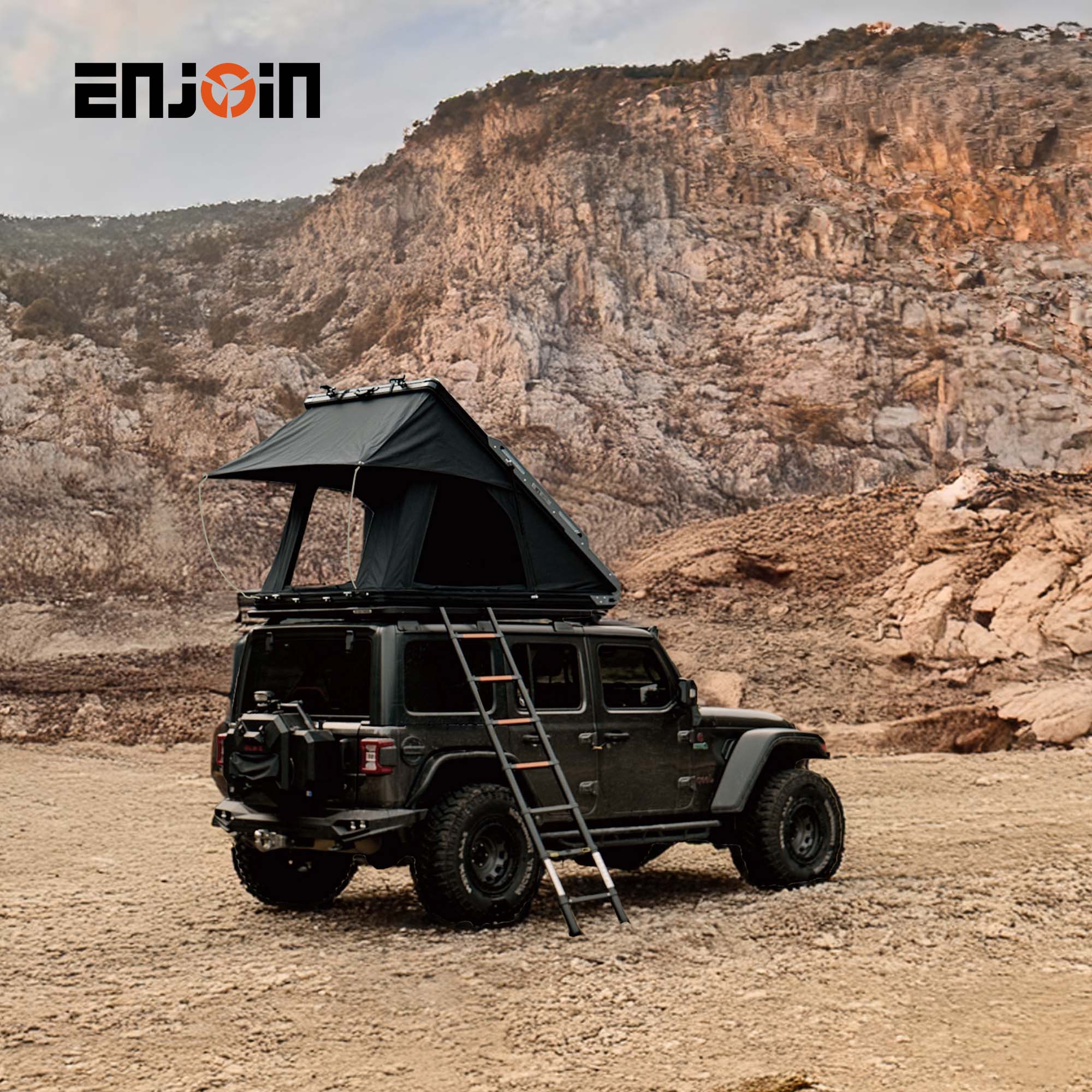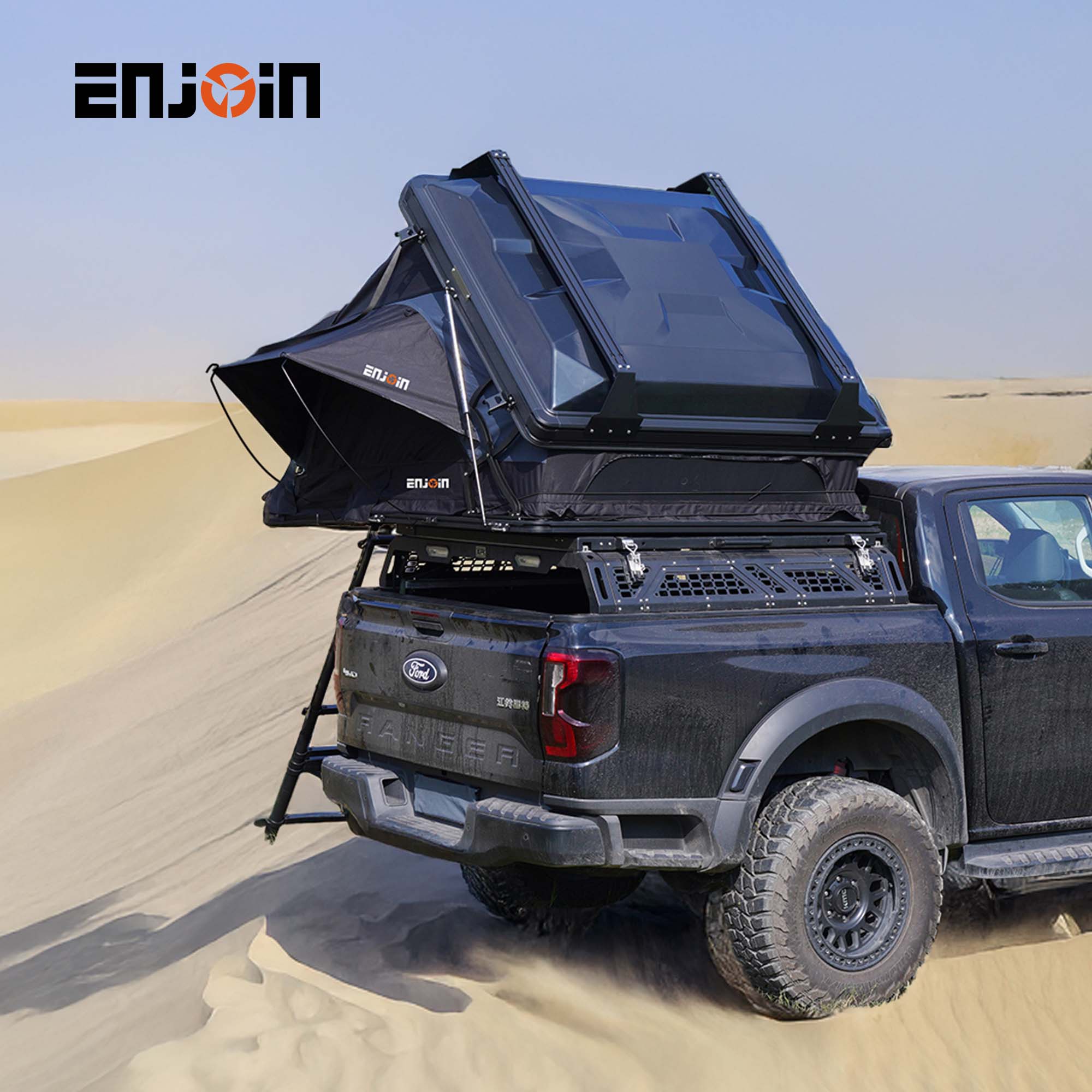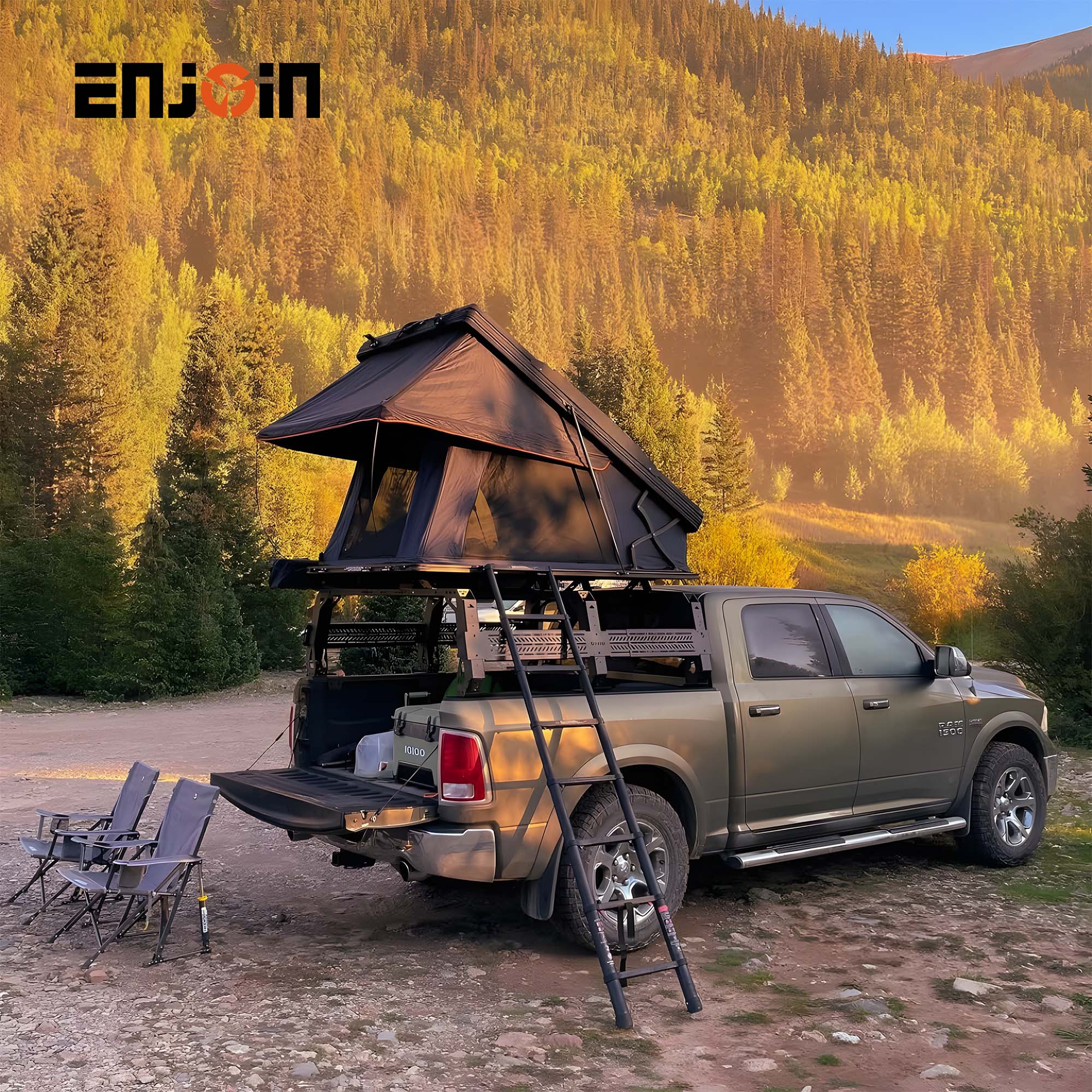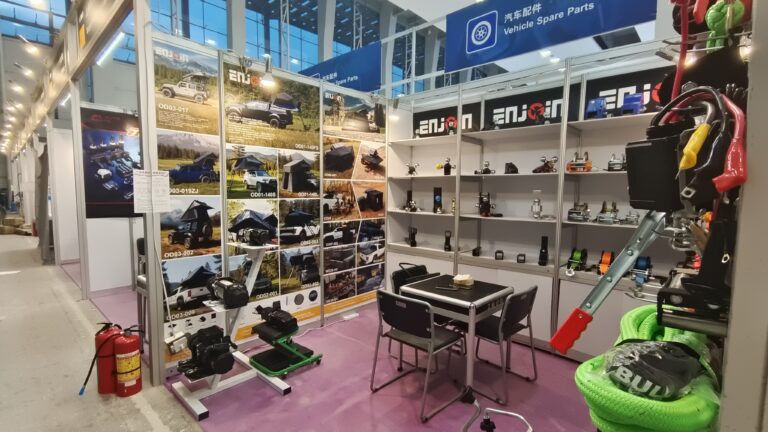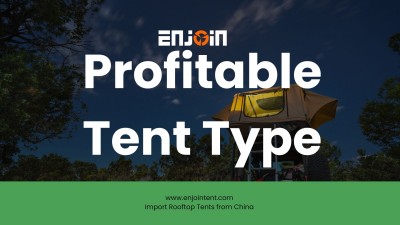Rooftop tents promise freedom on the road, but choosing the right one can feel overwhelming with so many options.
To choose the right rooftop tent, match tent type and size to your vehicle, travel style, climate needs, and desired comfort features.
A rooftop tent turns your vehicle into a mobile base camp. The right tent blends durability, ease of setup, and comfort for the conditions you expect. You need to think about your vehicle’s roof load capacity and your camping habits before making a purchase. From weekend trips to months-long overland journeys, the tent must suit your real lifestyle, not just marketing images.
What types of rooftop tents are available?
If you do not know the difference between types, it is easy to choose one that does not fit your travel style.
The main rooftop tent types are soft shell, hard shell, and hybrid designs.
Soft shell tents fold open like a book and offer more living space for less money. Hard shell tents open quicker and offer better weather protection but cost more. Hybrids combine features from both.
| Tent Type | Pros | Cons |
|---|---|---|
| Soft Shell | Lower cost, larger sleeping area | Longer setup time, less aerodynamic |
| Hard Shell | Quick setup, strong in bad weather | Smaller sleeping area, higher cost |
| Hybrid | Mix of speed and size benefits | Heavier, limited models available |
On my travels, I have found hard shell tents best for windy coastal regions, while soft shells excel during extended stays in mild climates.
How do I match a rooftop tent to my vehicle?
Choosing a tent without checking your vehicle’s limits can lead to safety issues.
Check your vehicle’s roof load rating and roof rack type before choosing a tent.
Every rooftop tent has a weight, and every vehicle roof system has a limit. This includes both static load (parked) and dynamic load (moving). Also confirm your rack system fits the tent’s mounting hardware. Some racks need adapters.
| Vehicle Factor | Why it matters | Tip |
|---|---|---|
| Roof Load Capacity | Prevents roof damage | Use manufacturer specifications |
| Rack Type | Correct mounting ensures safety | Choose racks rated for RTT use |
| Vehicle Size | Impacts tent footprint | Match sleeping capacity to roof space |
I once helped a client replace their rack because it was not rated for the tent they wanted. Doing this early avoids headaches later.
What size rooftop tent do I need?
A tent too small will make trips uncomfortable, and a tent too large can be unsafe on the road.
Choose size based on how many people will sleep in it and your vehicle’s roof space.
Rooftop tents list sleeping capacity, usually from 2 to 5 people. Bigger tents weigh more and catch more wind. Photographs can be misleading, so always check the actual inner dimensions.
| Sleep Capacity | Best for | Weight Impact |
|---|---|---|
| 2 Person | Solo or couples trips | Lightest, most aerodynamic |
| 3–4 Person | Small families | Heavier, bigger footprint |
| 5 Person | Large family or group expeditions | Requires strong roof and rack |
I try to match tent footprint so it does not stick out beyond the vehicle’s roofline. This keeps driving safer.
What features should I look for in a rooftop tent?
Small details can make big differences in comfort and durability.
Look for strong materials, weather protection, ventilation, and ease of setup.
Tents built with thick polycotton or ripstop fabric last longer under sun and rain. Good airflow prevents condensation. Sealed seams and sturdy zippers keep weather out. Setup speed matters if you move camp daily.
| Feature | Why it matters | Common Options |
|---|---|---|
| Fabric Quality | Lifespan and weather durability | Polycotton, ripstop polyester |
| Ventilation | Comfort and moisture control | Mesh windows, roof vents |
| Weather Sealing | Protection in storms | Taped seams, waterproof zippers |
| Setup Speed | Convenience on the road | Gas struts, folding frames |
I once camped in heavy rain with taped seam fabric—it stayed dry inside while poorly sealed tents had wet sleeping bags.
How do climate and travel style influence choice?
A tent that works in summer may fail in winter.
Match tent design to expected climate and trip frequency.
Frequent travelers benefit from durable hard shell designs, while seasonal campers may prefer lighter models. Cold climates need insulated floors or double-layer walls. Hot climates need strong ventilation.
| Travel Style | Climate Concern | Tent Type Recommendation |
|---|---|---|
| Weekend Getaways | Mild conditions | Soft shell |
| Long Overland Trips | Mixed weather | Hard shell or hybrid |
| Winter Expeditions | Extreme cold | Insulated hard shell |
| Desert Adventures | Very hot, dry | Ventilated soft shell or hybrid |
I have swapped tents depending on season, using hard shells in storm-heavy months and soft shells for relaxed summer trips.
Conclusion
To choose the right rooftop tent, know your vehicle’s limits, your sleeping needs, and your climate conditions—then match these to tent type, size, and features.
ENJOIN is a leading rooftop tent manufacturer and supplier in China, offering durable and innovative designs at competitive prices. If you’re looking to import rooftop tents for your brand or distribution business, contact us today for a quote.

